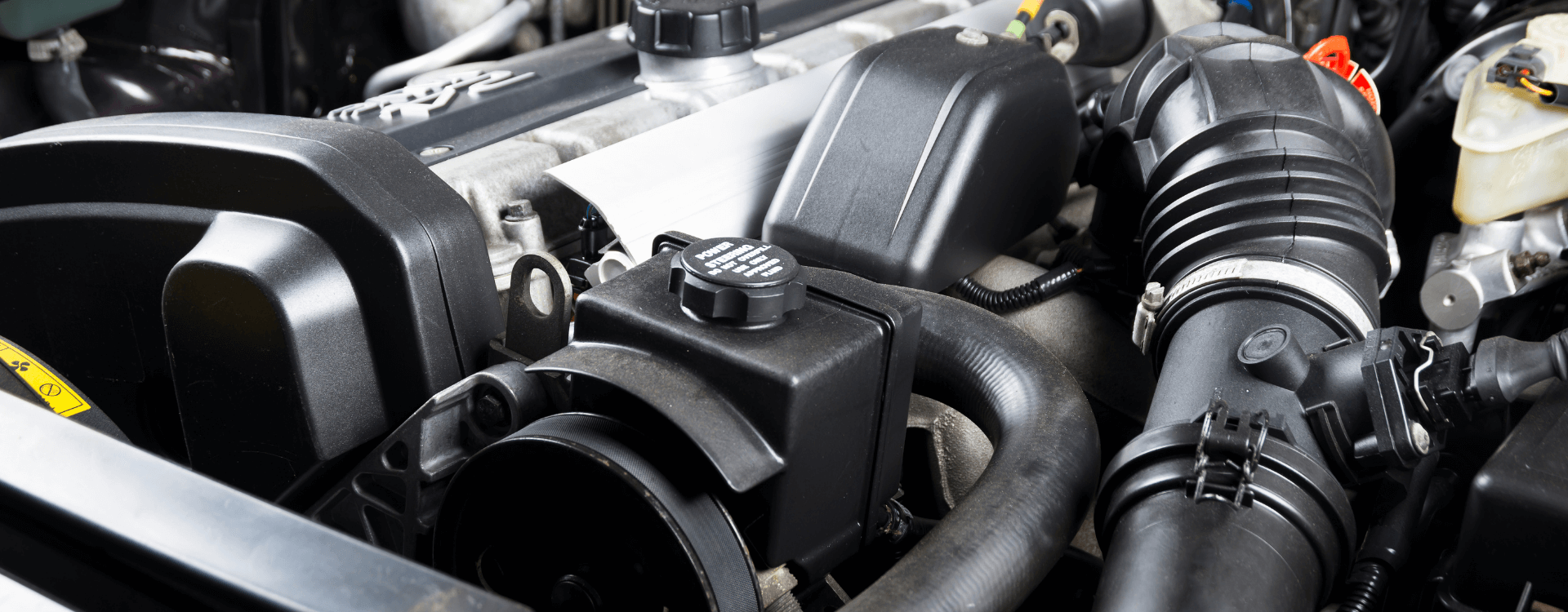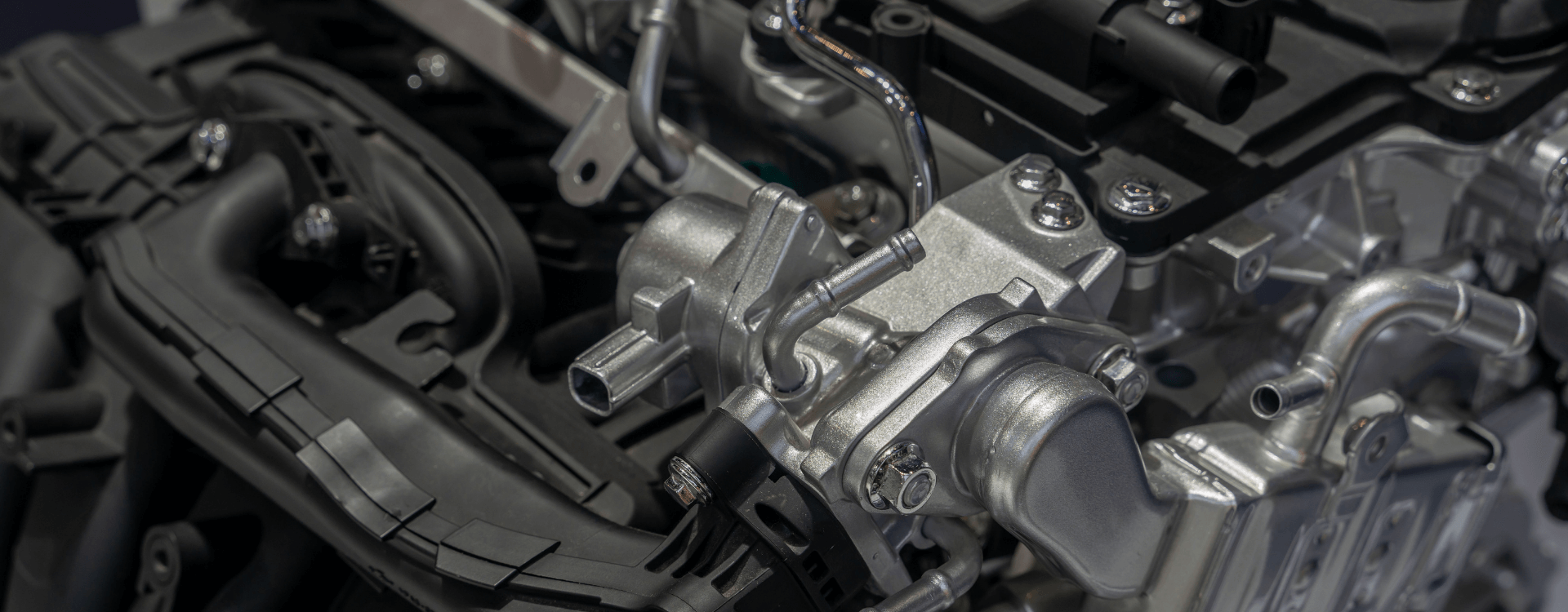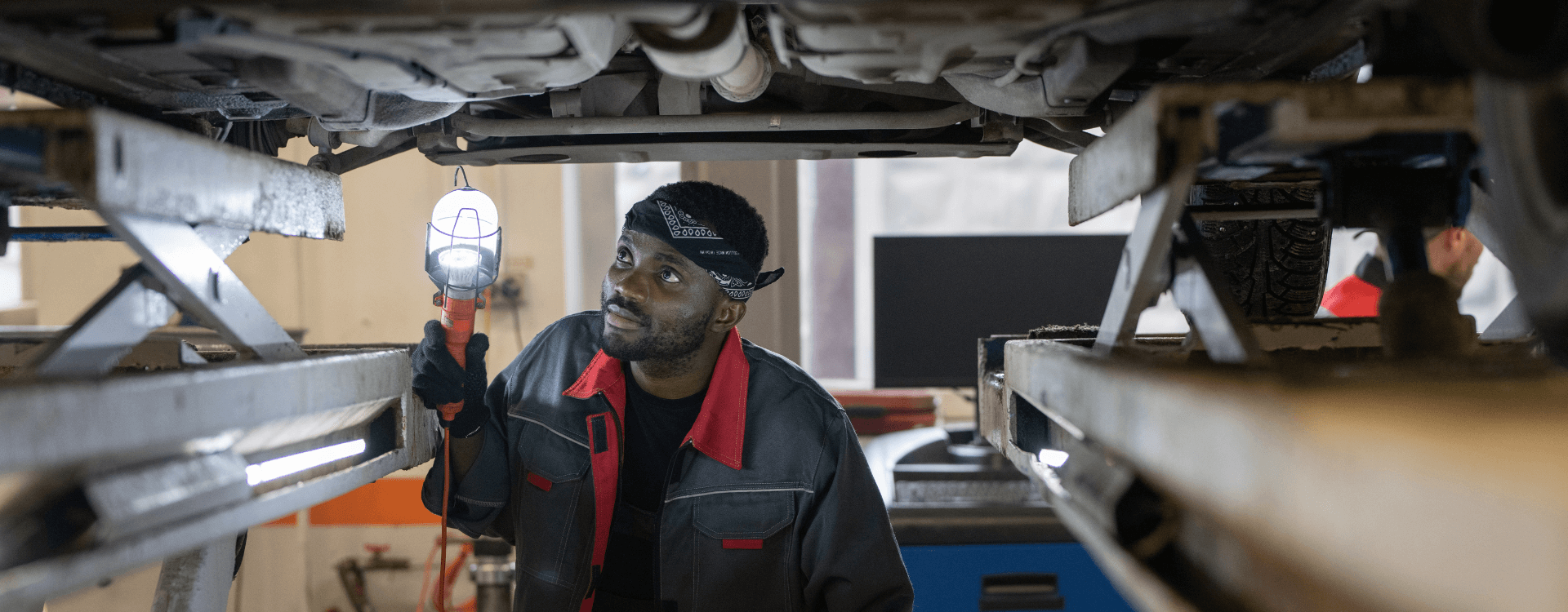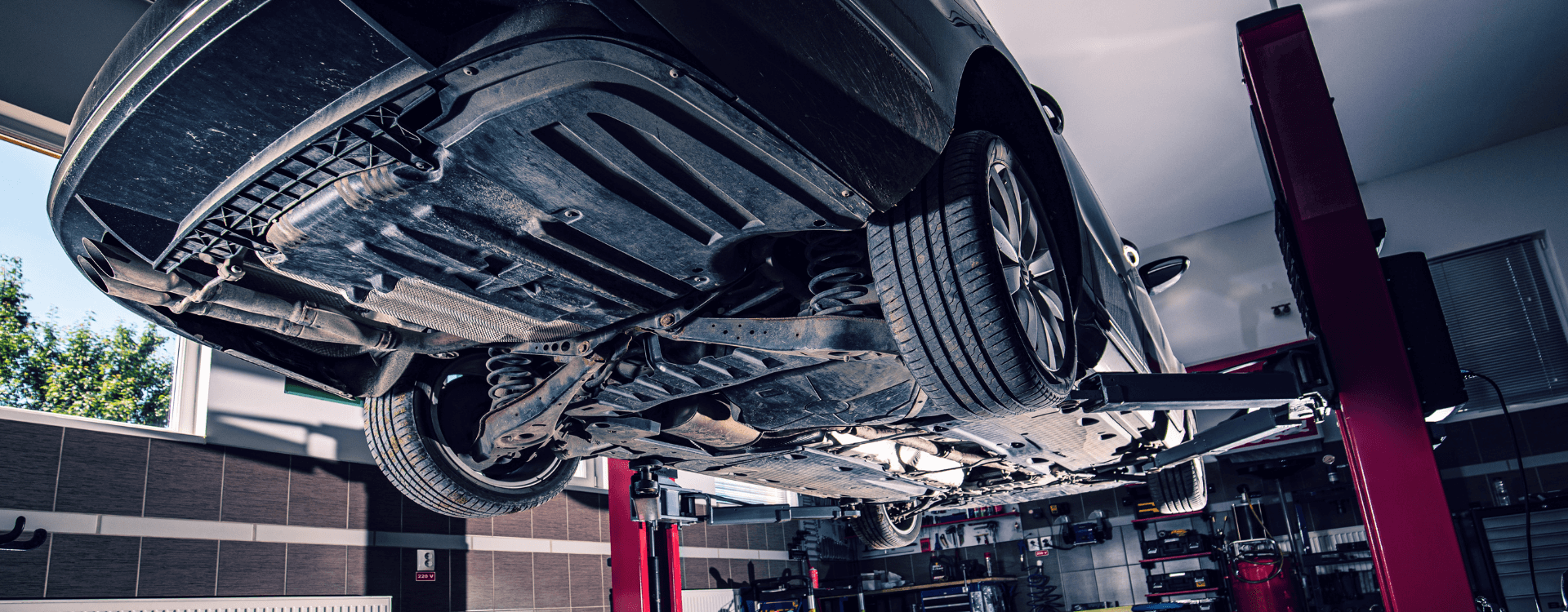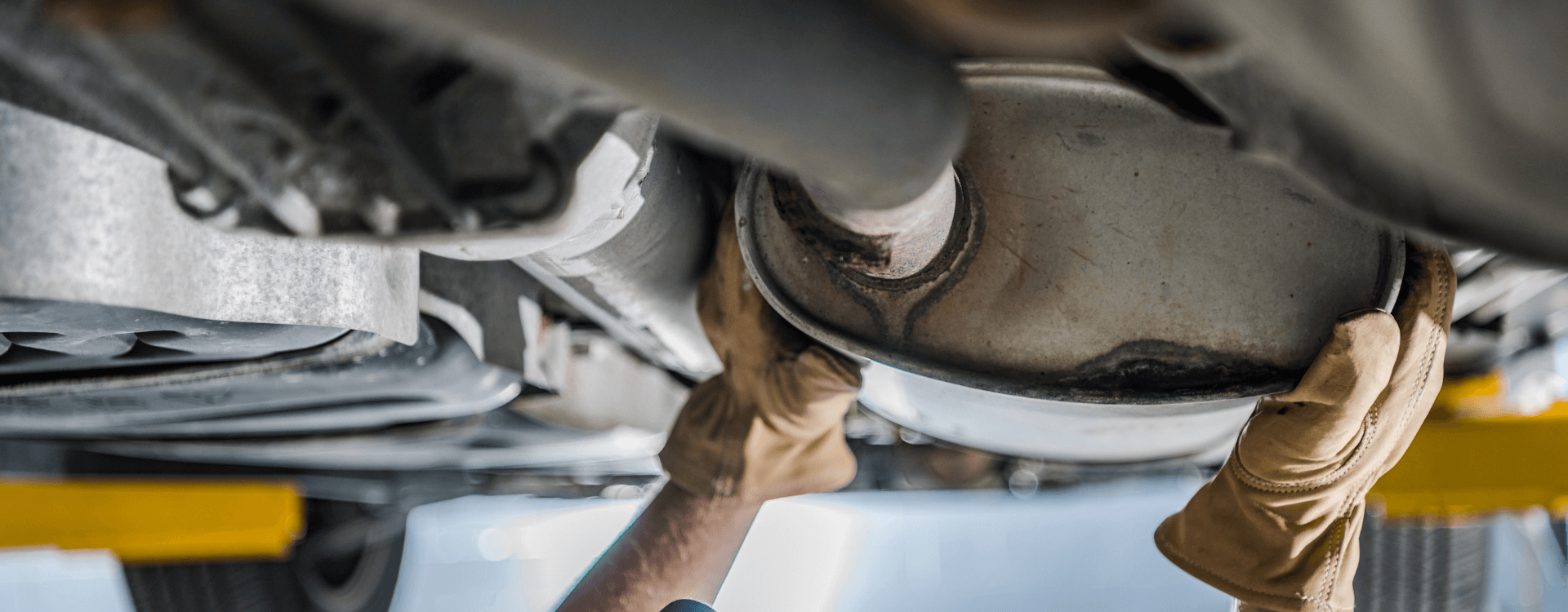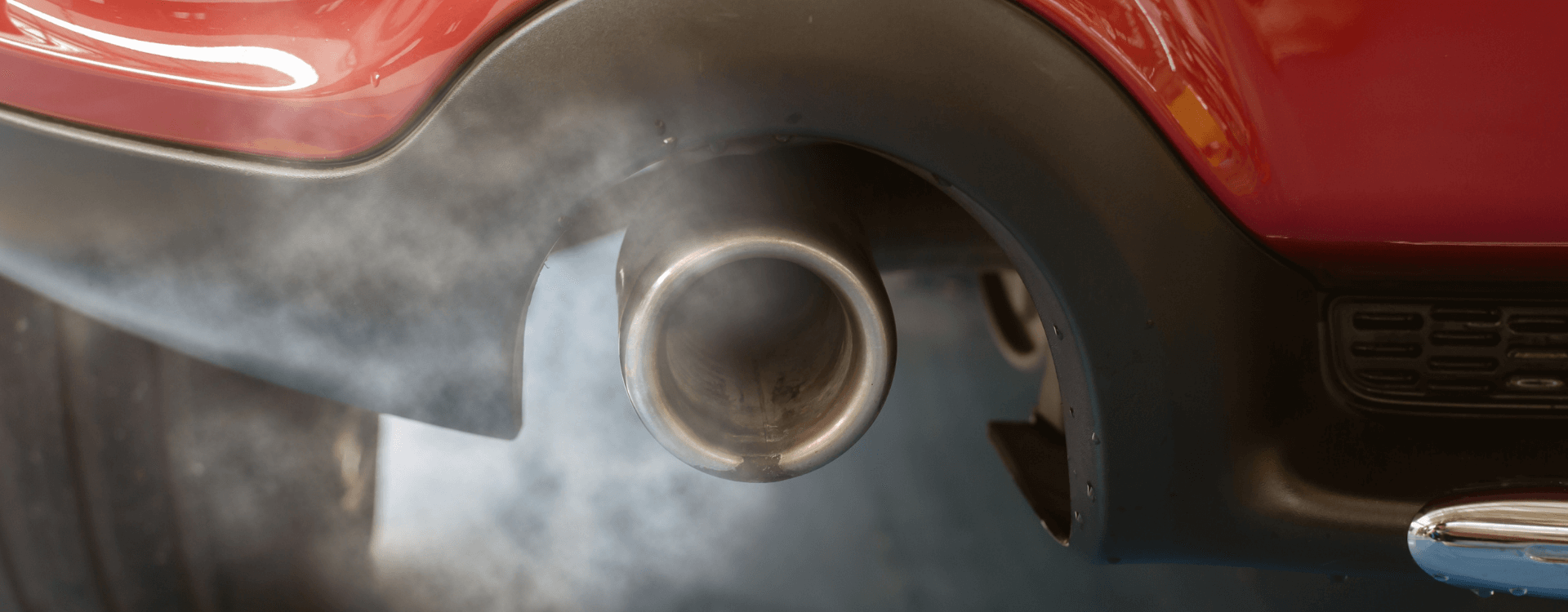
Control of 4 Gases (CO, CO2, HC, NOx): Operation and Environmental Impact
Since the 1990s, there has been a real awareness of the environmental impact generated by cars. Concrete decisions were taken, with the widespread introduction of catalytic converters on petrol-engined cars in 1993, followed by the introduction of diesel particulate filters on diesel-engined cars a few years later. All of this was accompanied by tighter controls on pollutant emissions, leading carmakers to adopt AdBlue injection on a massive scale to neutralise pollutant emissions more effectively. Let's take a closer look at four of them, how they work and their environmental impact.
-
Carbon monoxide (Co)
The impact of carbon monoxide on health is well known. When an internal combustion engine is running, a stoichiometric ratio of 14.7 grams of air to 1 gram of petrol must be respected. If insufficient air enters the engine, the result is imperfect combustion, which generates carbon monoxide. A fearsome gas that has a direct impact on air quality. It is also blamed for increasing the lifetime of methane, which contributes to pollution and can cause health problems.
In high concentrations, it can cause headaches, nausea and dizziness. Car manufacturers have redoubled their efforts to reduce this pollutant. It is emitted by both petrol and diesel cars. Fortunately, it is controlled by the catalytic converter. The catalyst carries out chemical transformations that convert a large proportion of the carbon monoxide into carbon dioxide and water. However, these conversions are never perfect, and carbon monoxide emissions are always present to a greater or lesser extent. On modern vehicles, meeting the Euro 6 standard, emissions are lowered, with a maximum threshold of 500 mg/km for diesel cars and 1000 mg/km for petrol cars. The future Euro 7 standard could tighten these thresholds even further. As CO2 is a greenhouse gas, carbon monoxide can be considered to be an indirect greenhouse gas.
-
Carbon dioxide (CO2)
When the concept of the ecological penalty was introduced by the government in 2007, it took account of just one pollutant: carbon dioxide emissions from cars. The more carbon dioxide a car emitted, the higher the penalty.CO2 is a gas whose environmental impact is well known. This gas traps heat in the earth's atmosphere, causing global warming. In recent years, car manufacturers have become acutely aware of the problem. They have had to adapt continuously, working on all fronts. Turbocharged engines have made it possible to reduce cubic capacity and therefore, to some extent, fuel consumption and pollutant emissions. The annual tightening of the tax scale has had a very significant impact onCO2 emissions. However, manufacturers are no longer necessarily able to keep up with the trend, with the result that the vast majority of internal combustion engine cars are affected by the environmental penalty. Engines tend to emit slightly more of this gas than their diesel counterparts. To alleviate the problem of pollutant emissions, manufacturers are increasing their range of electric and hybrid vehicles. These vehicles emit fewer pollutants, which makes it possible to reduce and even eliminate (electric cars) the emissions caused by driving. Catalysts also tend to convert a number of pollutants intoCO2, making the reduction of pollutants a very complex issue. Engines are becoming more and more technically advanced in order to be ever more efficient. Over the next few years, the challenge will be to continue to reduce these emissions significantly. This will most likely involve a major increase in the hybrid and electric range. At the same time, it is possible that pure combustion versions will give way to micro-hybrid versions.
-
Unburnt hydrocarbons (HC)
In a perfect world, the fuel injected into the engine would burn completely... The reality is very different. In a combustion car, combustion is never perfect. The temperature can be slightly too low, the injectors can get tired and the engine can sometimes go out of tune, even in the slightest way. These unburnt hydrocarbons have the unfortunate tendency to react with nitrogen oxides (we'll talk about this later), which has a major impact on the environment. These particles are highly volatile and have a direct impact on air quality. Generated by both petrol and diesel engines, these unburnt hydrocarbons are controlled by the catalytic converter. Through chemical reactions, the catalyst is able to transform HC into carbon dioxide and water. Vehicles also have recovery systems to collect the particles and feed them back into the engine. A rather effective way of controlling emissions.
-
Nitrogen dioxide (Nox)
Finally, we had to address the issue of nitrogen dioxide. When fuel is burnt, the air mixes with it and causes a chemical reaction that is transformed into energy. The resulting pollutants include nitrogen dioxide, which is made up of two molecules: nitrogen monoxide (No) and nitrogen dioxide (NO2). The higher the internal temperature of the engine, the greater the amount of NOx present. This gas is particularly harmful, both to the environment and to living beings. It can cause respiratory problems and trigger asthma attacks. At the same time, nitrogen dioxide can react with other elements in the atmosphere to produce acid rain, which is harmful to the environment.
To reduce the impact of this pollutant, which is mainly found in diesel-powered vehicles, it has been decided to make diesel particulate filters widely available, to reduce their impact. At the same time, the fuel injection system has been optimised to effectively reduce emissions. Another factor to consider is vehicle maintenance. A neglected vehicle tends to emit significantly more nitrogen dioxide.
-
Conclusion
You are now familiar with the four main pollutants emitted by cars. As you will have realised, some of them combine during combustion, while diesel particulate filters and catalytic converters neutralise a large proportion of them and/or carry out chemical transformations to convert them into carbon dioxide and water. Our internal combustion engine cars have never been so efficient. Yet their impact is still very real. The forthcoming Euro 7 standard will further tighten the thresholds, which will no doubt raise questions about the steps that need to be taken to take this approach even further.
Image source:
Karolina Osinska / Author: donut3771 / Licence ID: TQ8HNWA5BY - elements.envato.com

